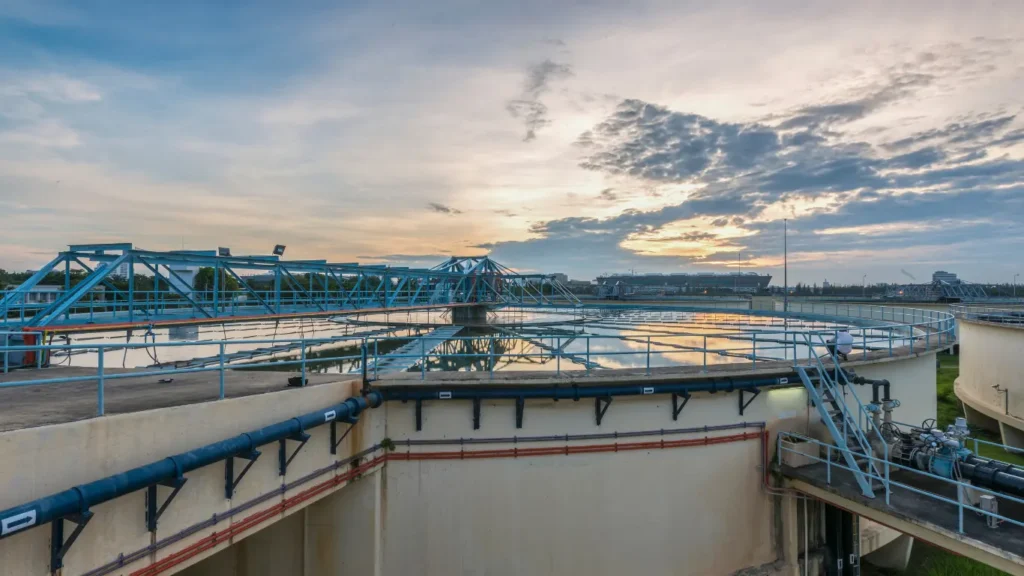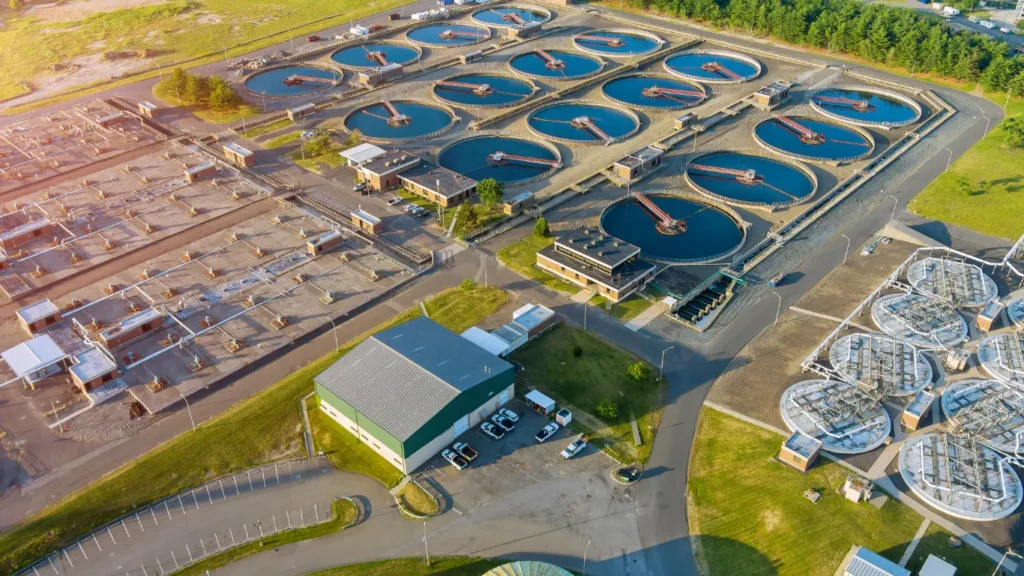In an era where environmental sustainability is paramount, industries are increasingly turning to innovative technologies for waste management. Zero Liquid Discharge (ZLD) is one such solution that has gained traction in recent years. ZLD systems aim to eliminate liquid waste by recovering water and transforming it into reusable forms. While reverse osmosis (RO) and multi-effect evaporation (MEE) have long been the cornerstones of ZLD technology, emerging innovations are pushing the boundaries of what’s possible in this field.
Understanding Zero Liquid Discharge (ZLD)
Zero Liquid Discharge (ZLD) is a treatment process designed to eliminate all liquid waste from industrial operations. This approach not only addresses environmental concerns by reducing wastewater discharge but also focuses on recovering valuable resources from waste streams. The primary goal of ZLD is to minimize the environmental impact of industrial activities while maximizing resource efficiency. A typical ZLD system comprises several key components: pre-treatment, which involves the initial processing of wastewater to remove contaminants that may hinder subsequent treatment stages; separation technologies, such as reverse osmosis and mechanical evaporation (MEE), which separate water from dissolved solids; and concentration and crystallization, where the remaining waste is further concentrated, and solids are crystallized for disposal or reuse. While traditional methods like reverse osmosis and MEE are crucial to ZLD systems, ongoing innovations are continuously reshaping the landscape of this technology.
Explore The Latest Innovations In ZLD Technology For A Sustainable Future!
Technological Innovations Enhancing ZLD

1. Membrane Bioreactors (MBR)
Membrane Bioreactors (MBRs) combine biological treatment and membrane filtration to effectively manage wastewater. This innovative technology uses a semi-permeable membrane to separate clean water from contaminants, allowing for higher-quality effluent and resource recovery. MBRs are especially effective in reducing the volume of wastewater, making them an essential component of ZLD systems.
- Advantages: MBRs enhance treatment efficiency and water recovery rates while minimizing the footprint of wastewater treatment facilities, aligning with sustainability goals.
2. Hybrid ZLD Systems
Hybrid ZLD systems integrate various treatment technologies, such as conventional methods with advanced processes like reverse osmosis and thermal evaporation. This combination optimizes the treatment process and enhances the overall efficiency of wastewater management. By utilizing the strengths of different methods, hybrid systems can effectively treat a wide range of waste types.
- Advantages: Hybrid ZLD systems improve water recovery and reduce operational costs, providing industries with a flexible and effective approach to achieving zero liquid discharge.
3. Solar-Powered ZLD Systems
With the global push for renewable energy sources, solar-powered ZLD systems are becoming increasingly popular. These systems utilize solar energy to power various components of the ZLD process, such as pre-treatment, concentration, and crystallization.
- Advantages: Solar-powered ZLD systems not only reduce operating costs but also minimize the carbon footprint associated with conventional energy sources. This innovation aligns with the global transition toward cleaner and more sustainable energy solutions.
4. Integrated Waste Management Approaches
The integration of ZLD systems with other waste management technologies is an emerging trend. For instance, coupling ZLD with advanced oxidation processes (AOPs) or bioremediation can enhance the overall efficiency of waste treatment.
- Advantages: This integrated approach allows for the simultaneous removal of various contaminants while optimizing resource recovery. It ensures that industries can meet regulatory requirements while achieving ZLD goals.
5. Advanced Data Analytics and IoT
The incorporation of data analytics and Internet of Things (IoT) technology into ZLD systems is transforming the way industries manage their wastewater. By leveraging real-time data, operators can monitor system performance, identify inefficiencies, and optimize treatment processes.
- Advantages: Enhanced data analytics enable predictive maintenance, reducing downtime and operational costs. IoT-enabled ZLD systems also provide greater transparency in waste management practices, fostering accountability and regulatory compliance.
Ready To Achieve Zero Liquid Discharge? Contact Us For Tailored Solutions!
The Importance of ZLD in Industries

Industries across various sectors, including pharmaceuticals, textiles, food and beverage, and oil and gas, are recognizing the importance of ZLD systems in their operations. By implementing ZLD solutions, these industries can:
- Comply with Regulations: Many regions have stringent regulations regarding wastewater discharge. ZLD systems allow companies to meet or exceed these requirements, ensuring compliance and avoiding hefty fines.
- Enhance Resource Efficiency: ZLD promotes the recovery of water and valuable by-products, contributing to a more circular economy. Industries can reuse treated water for various applications, reducing their reliance on freshwater sources.
- Improve Sustainability: As sustainability becomes a key driver for consumers and investors alike, adopting ZLD technologies positions companies as environmentally responsible entities. This can enhance brand reputation and attract environmentally conscious customers.
As industries continue to evolve in response to environmental challenges, Zero Liquid Discharge (ZLD) technology stands out as a vital solution for sustainable waste management. Innovations such as membrane distillation, forward osmosis, solar-powered systems, integrated waste management approaches, and advanced data analytics are pushing the boundaries of ZLD beyond traditional methods. At Scaleban Equipments Pvt. Ltd., we recognize the importance of staying ahead in the ever-changing landscape of technological innovations. As industries adopt these advanced ZLD systems, they not only contribute to a sustainable future but also gain a competitive edge in an increasingly eco-conscious market. Embracing ZLD technologies is not just an option; it’s a necessity for a sustainable and prosperous future.
